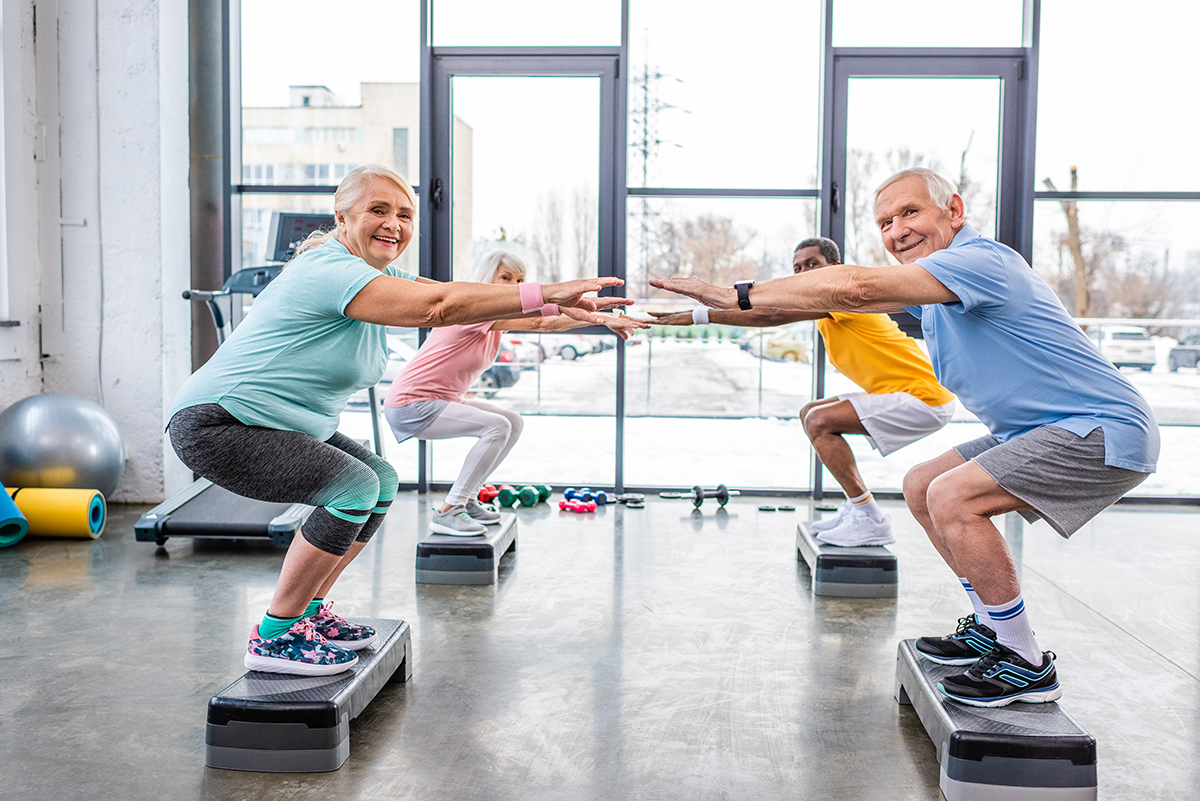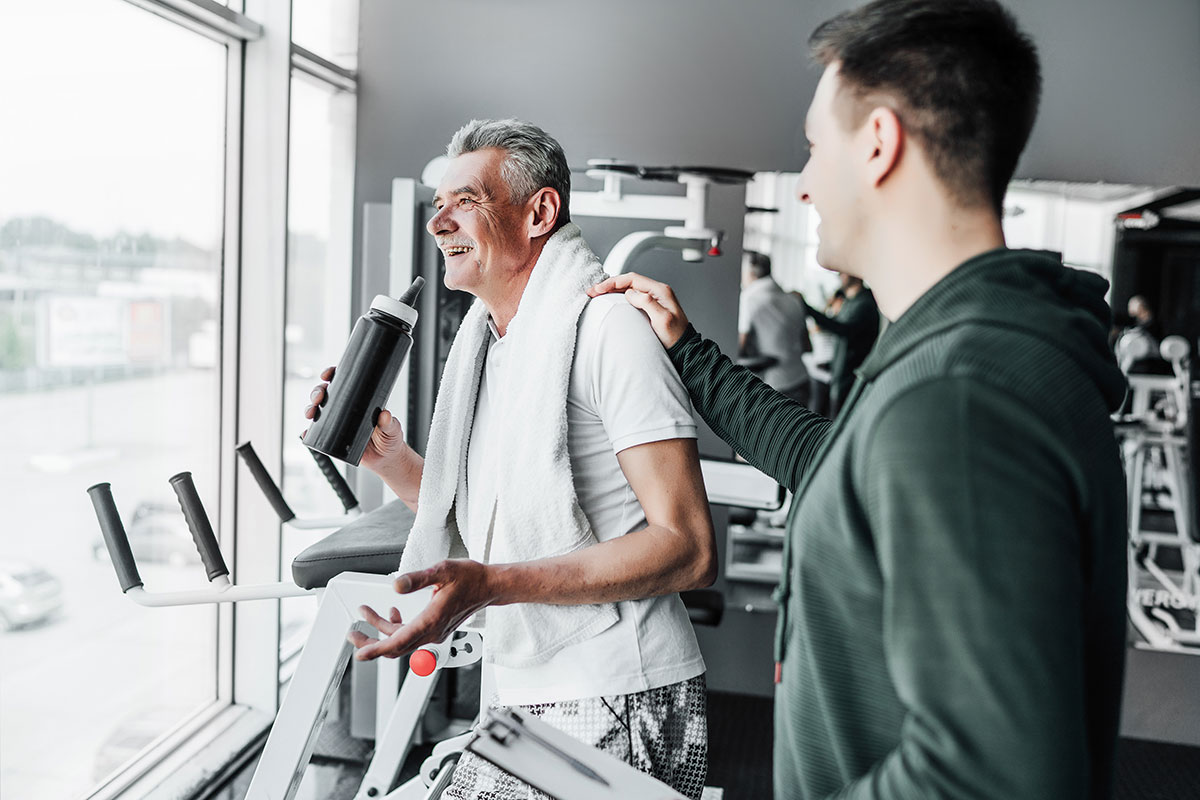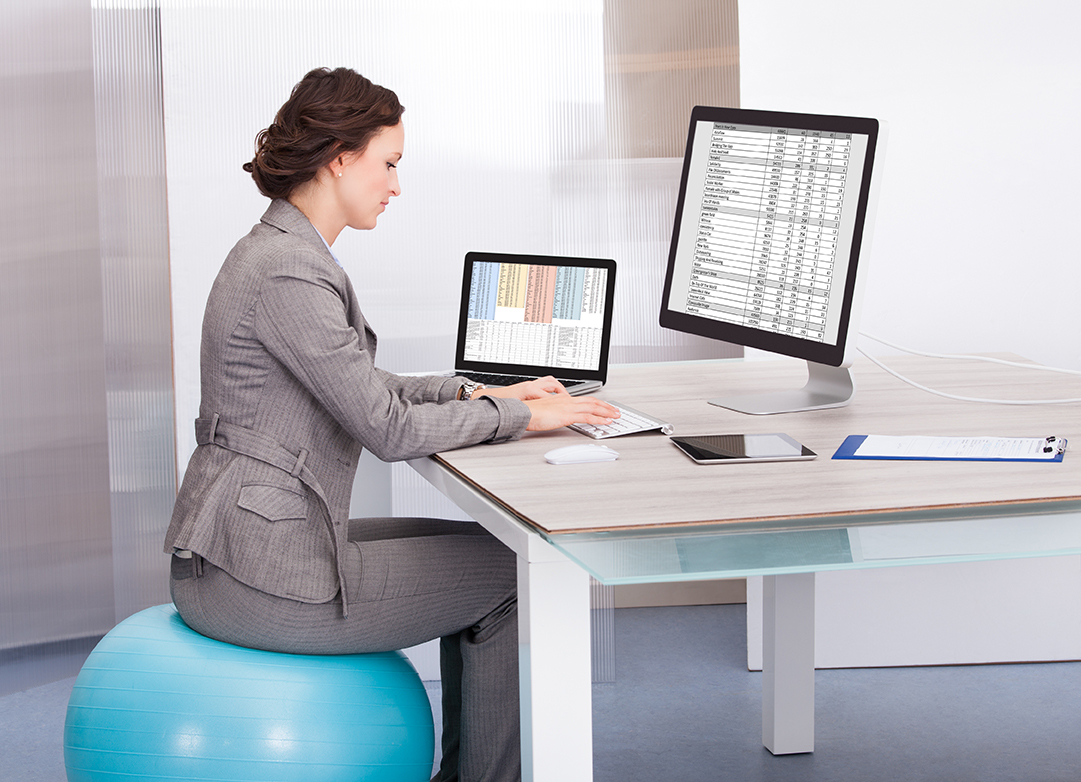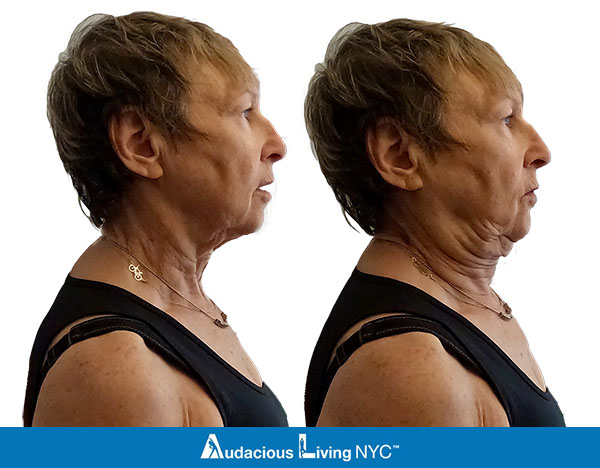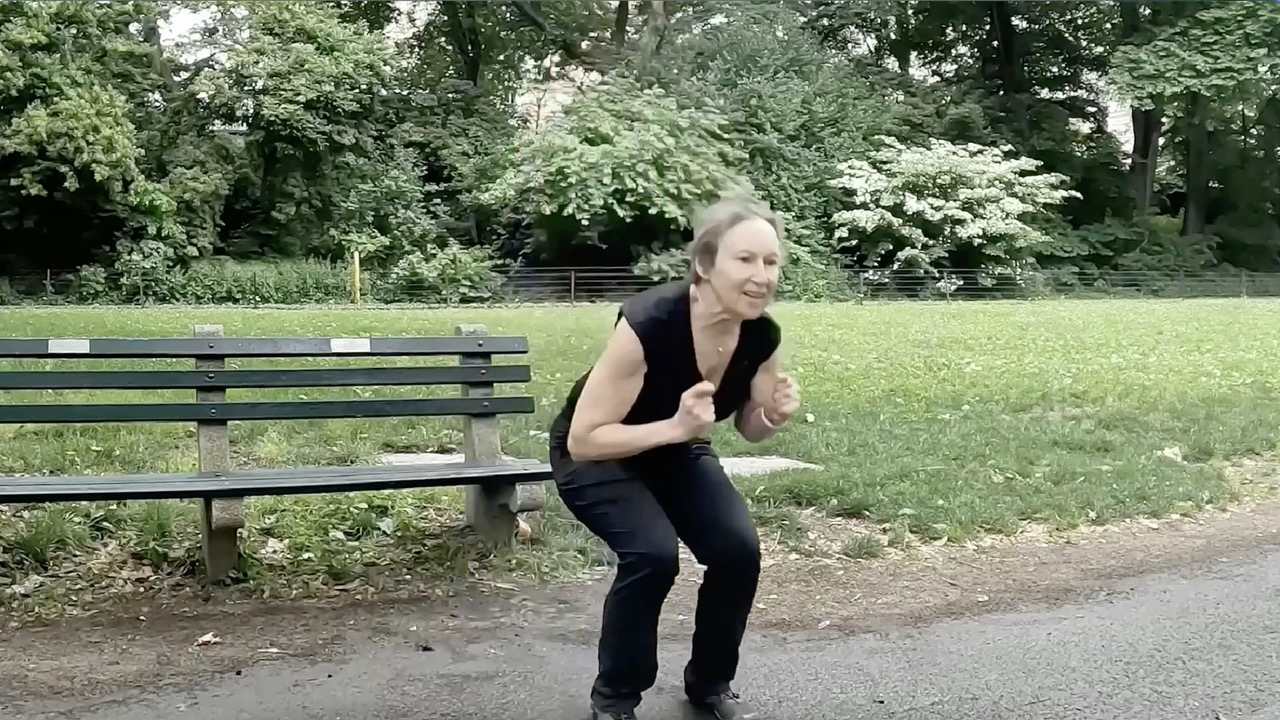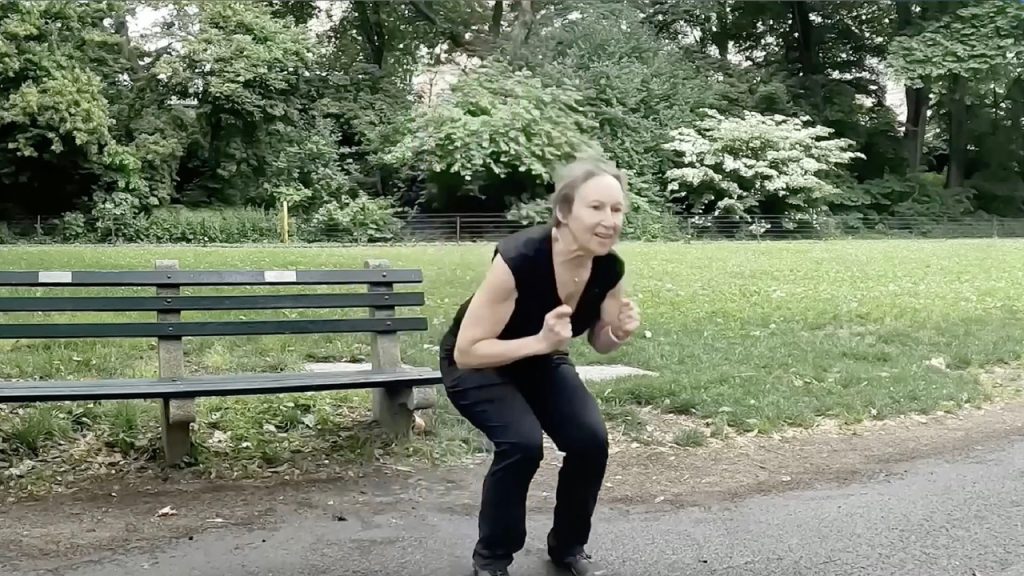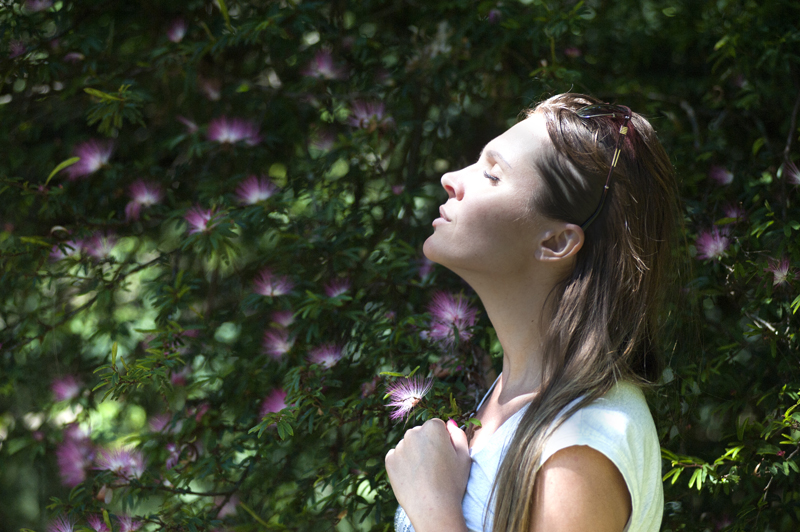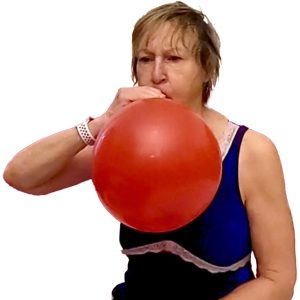Functional Fitness Training to Feel Less Pain and Move Better
The average person starting an exercise program may have knee, or back pain, and goals other than “how do I get a six pack or run a marathon.” All the workouts in the world don’t mean anything if we can’t sit, stand, and get out of bed in ways that don’t strain our body.

